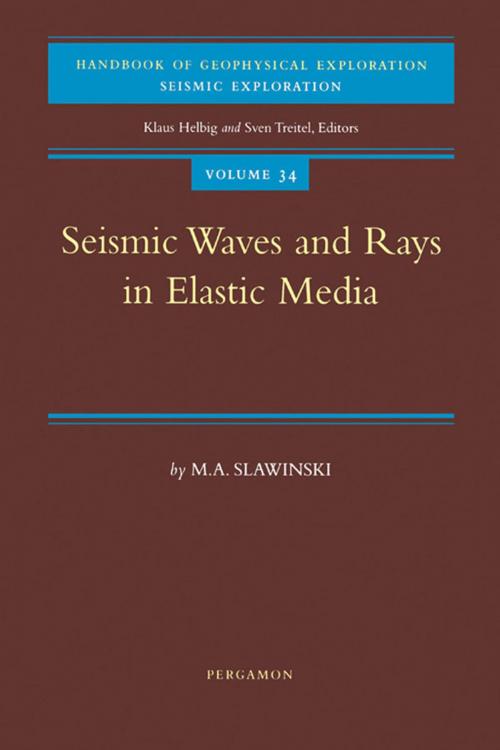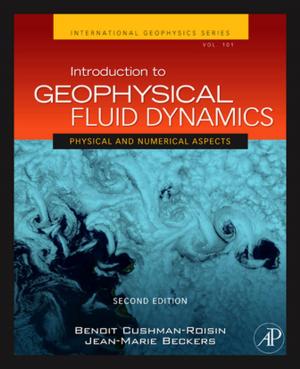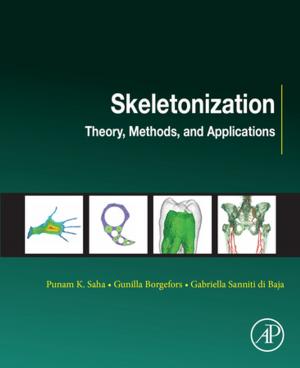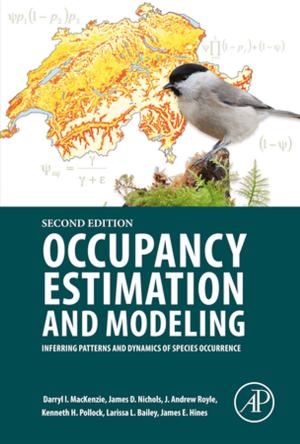Seismic Waves and Rays in Elastic Media
Nonfiction, Science & Nature, Science, Earth Sciences, Geophysics| Author: | M.A. Slawinski | ISBN: | 9780080540894 |
| Publisher: | Elsevier Science | Publication: | August 4, 2003 |
| Imprint: | Elsevier Science | Language: | English |
| Author: | M.A. Slawinski |
| ISBN: | 9780080540894 |
| Publisher: | Elsevier Science |
| Publication: | August 4, 2003 |
| Imprint: | Elsevier Science |
| Language: | English |
The book is divided into three parts: Elastic continua, Waves and rays, and Variational formulation of rays. In Part I, continuum mechanics are used to describe the material through which seismic waves propagate, and to formulate a system of equations to study the behaviour of such material. In Part II, these equations are used to identify the types of body waves propagating in elastic continua as well as to express their velocities and displacements in terms of the properties of these continua. To solve the equations of motion in anisotropic inhomogeneous continua, the high-frequency approximation is used and establishes the concept of a ray. In Part III, it is shown that in elastic continua a ray is tantamount to a trajectory along which a seismic signal propagates in accordance with the variational principle of stationary travel time.
The book is divided into three parts: Elastic continua, Waves and rays, and Variational formulation of rays. In Part I, continuum mechanics are used to describe the material through which seismic waves propagate, and to formulate a system of equations to study the behaviour of such material. In Part II, these equations are used to identify the types of body waves propagating in elastic continua as well as to express their velocities and displacements in terms of the properties of these continua. To solve the equations of motion in anisotropic inhomogeneous continua, the high-frequency approximation is used and establishes the concept of a ray. In Part III, it is shown that in elastic continua a ray is tantamount to a trajectory along which a seismic signal propagates in accordance with the variational principle of stationary travel time.















